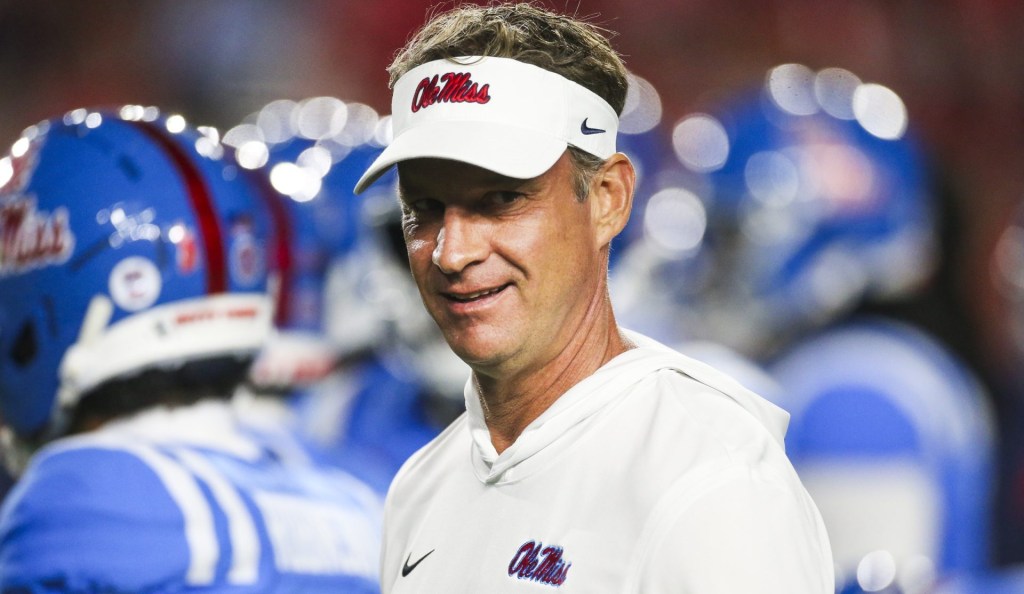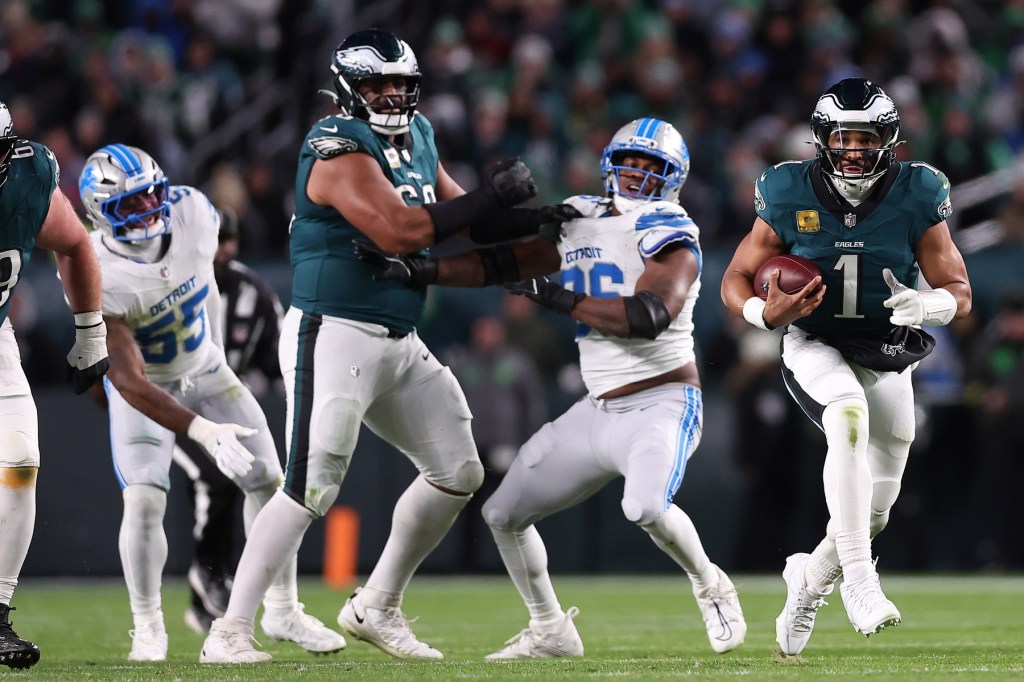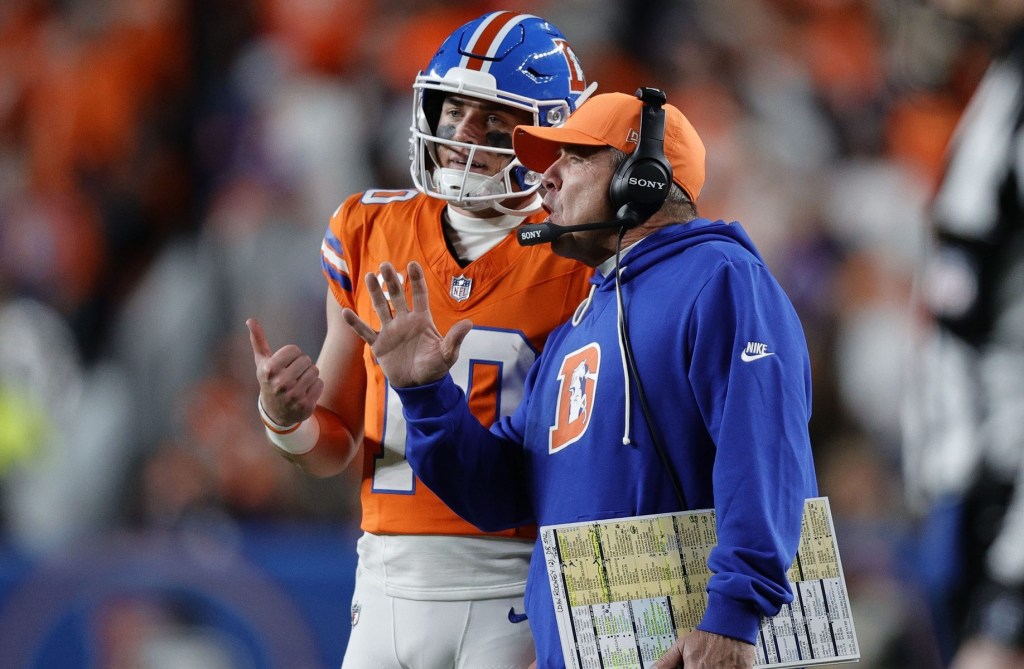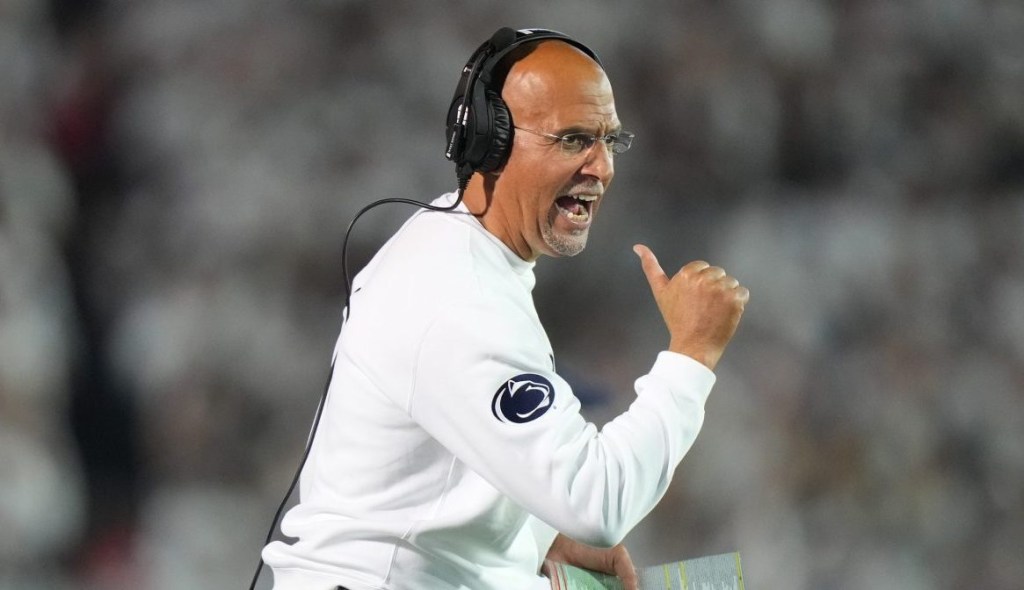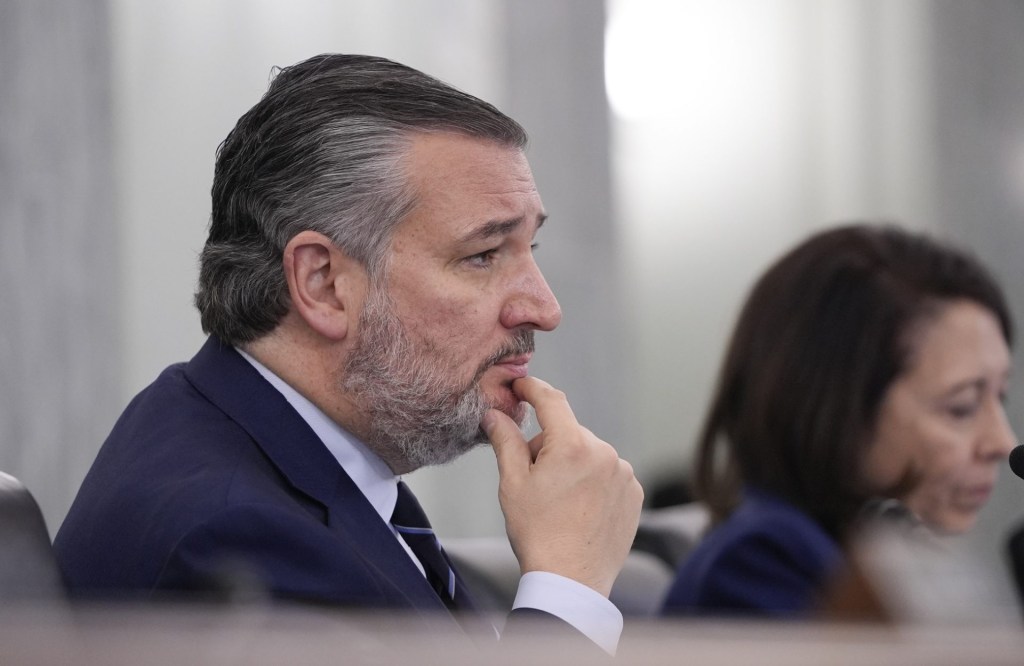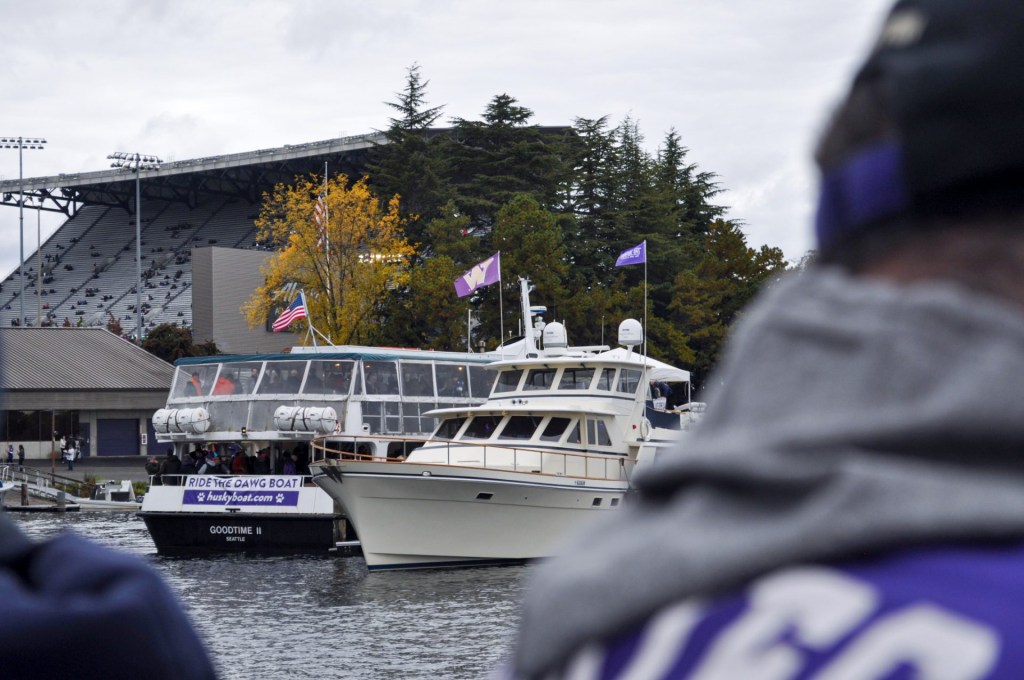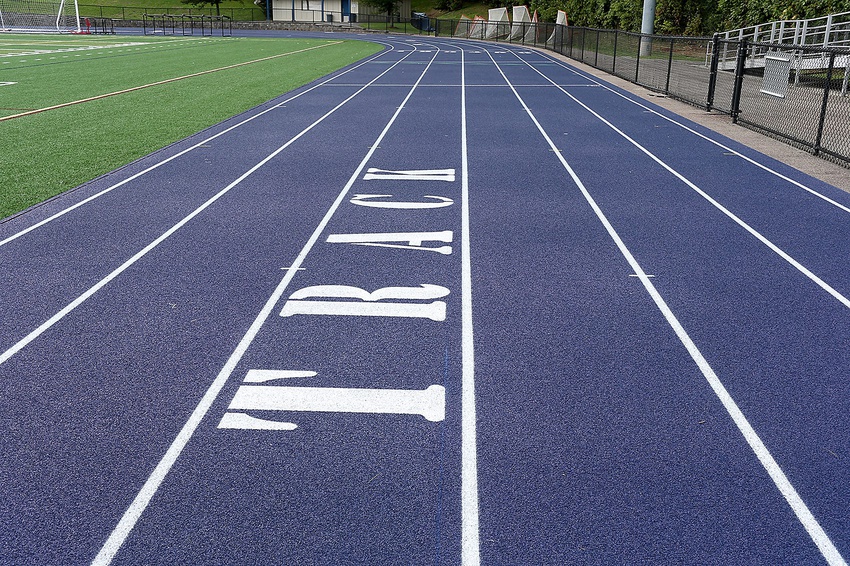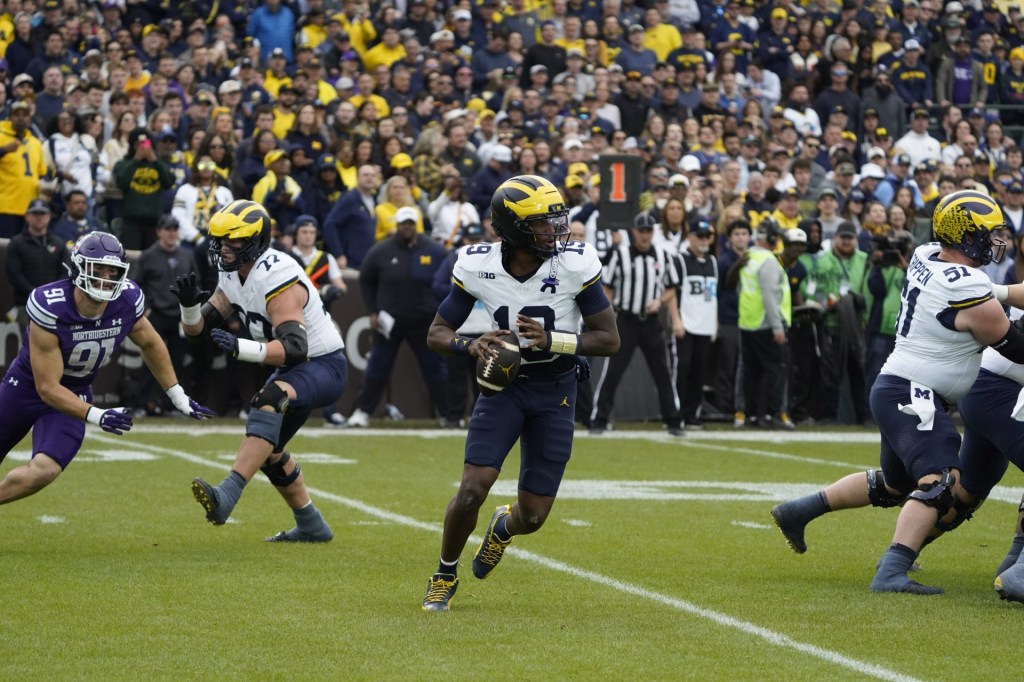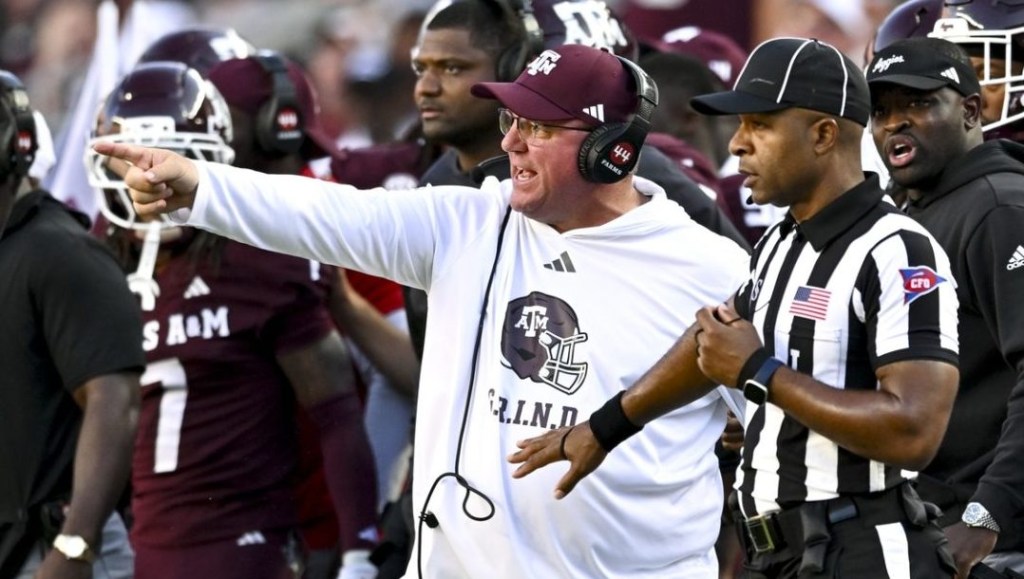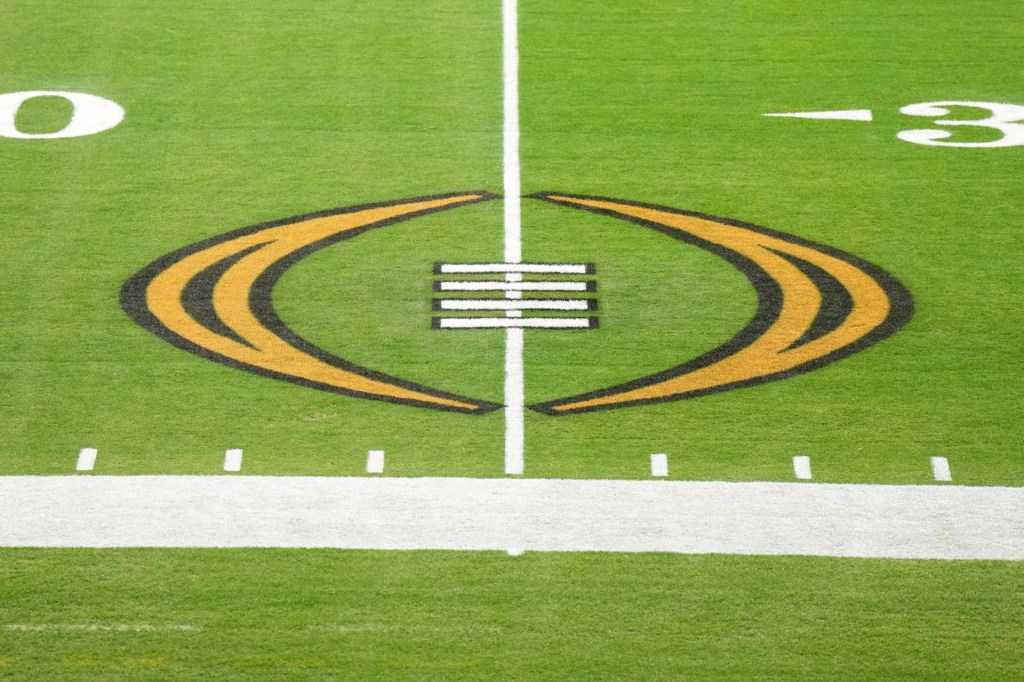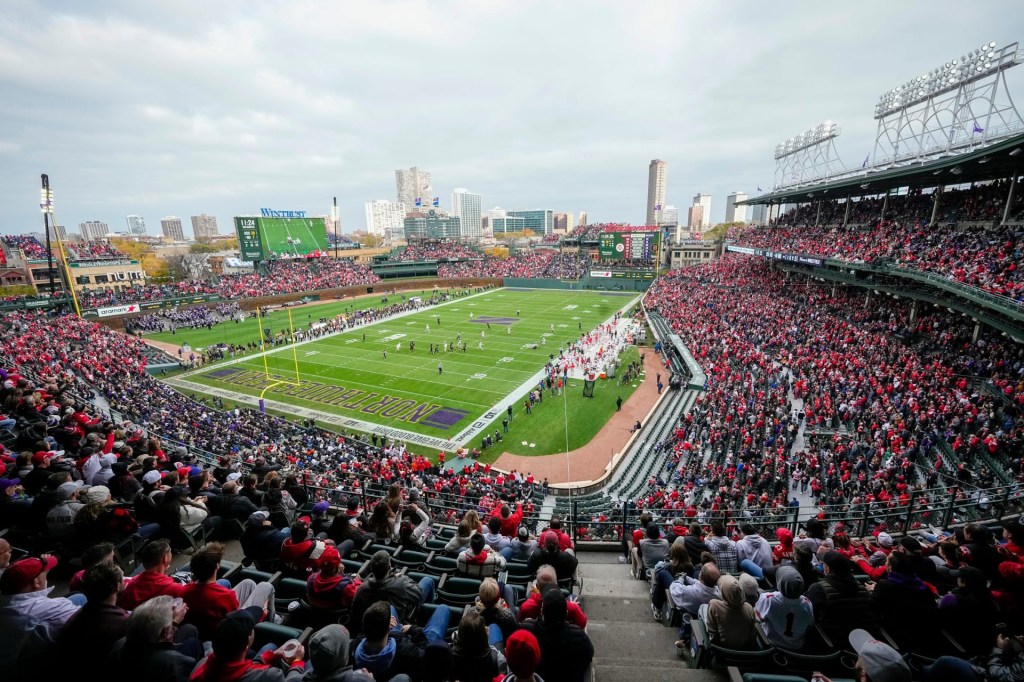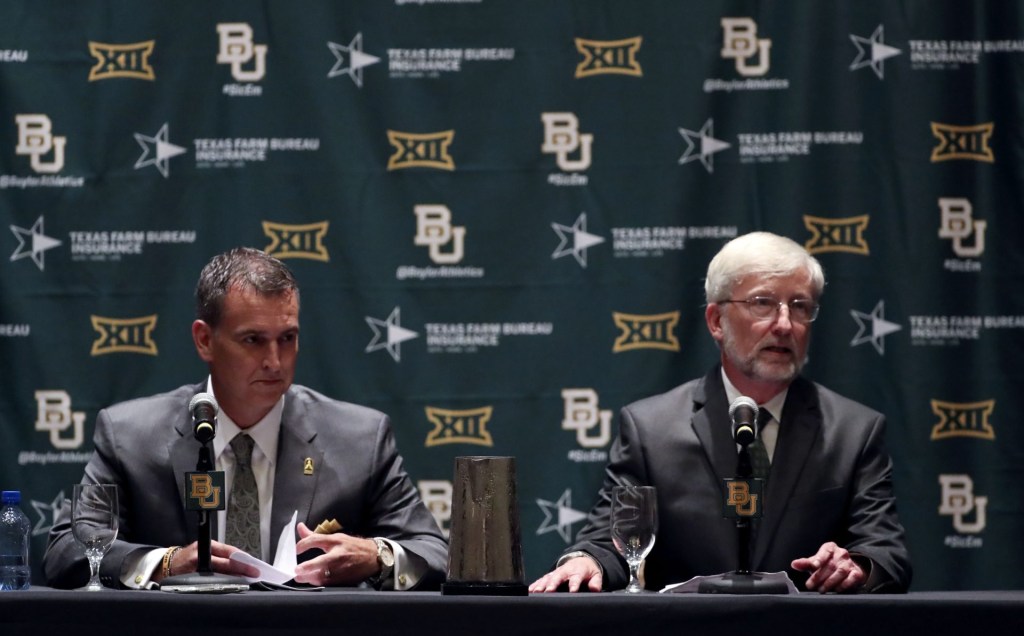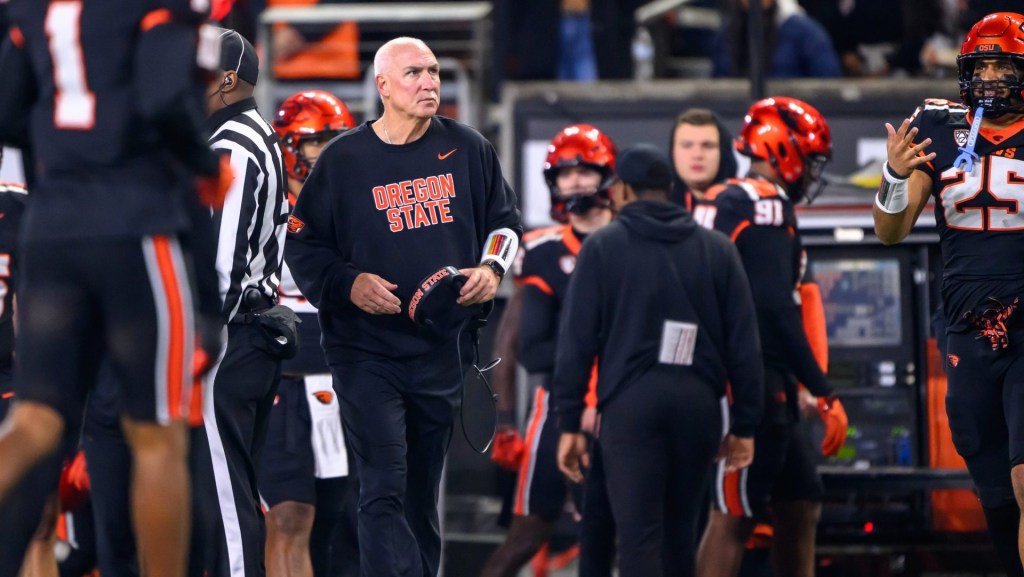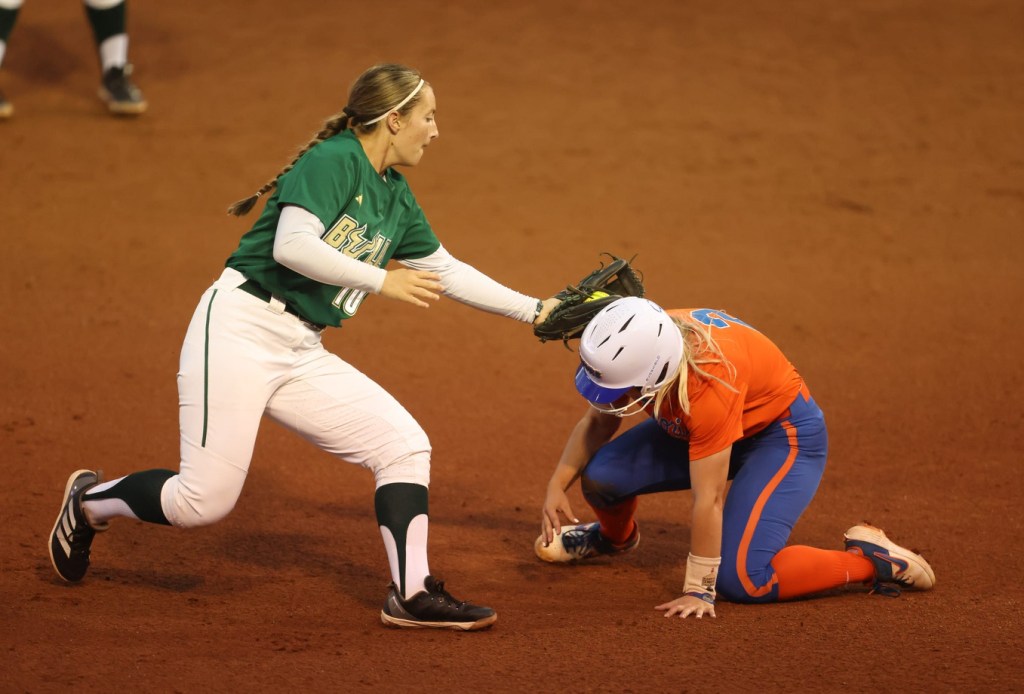As the revenue-sharing era begins in college sports this year, the already complicated landscape around athletics fees charged to students is set to get even murkier.
Last week, South Carolina announced a new annual $300 athletics auxiliary fee that is similar to one implemented by in-state rival Clemson last year, and one charged by several other schools in the SEC. Separately, earlier this month, the Florida board of governors green-lit the use of up to $22.5 million in auxiliary funding toward athletics.
Those moves, and any others that may come in the near future, are simply signs of the changing times, according to several college sports business experts who spoke with Front Office Sports.
“If you’re a student, of course, you’re probably not loving it,” said Austin Elrod, founder of NIL (name, image, and likeness) solutions company TheLinkU. “If you are a student who loves sports and is very in touch with what’s going on, maybe you don’t mind. If you’re an athletic department that’s drowning for revenue and getting hit with all these added expenses, it makes sense.”
One problem, according to former Minnesota regent Michael D. H. Hsu, is that many students “don’t necessarily even understand student fees.” So, should more schools add similar athletics fees, it will be important to assess exactly where that money is going, Hsu said.
It’s important to note that the new $20.5 million “salary cap”—which will increase annually—is tied to athletic departments’ income. Jim Cavale, founder of the advocacy group Athletes.org and the former CEO of NIL app INFLCR, believes that needs to change.
“Student fees and tuition have long been overlooked as a revenue outcome that comes from great players playing well in the field or court,” Cavale said, citing football powerhouses like Alabama that have seen huge increases in enrollment coincide with their success on the gridiron.
However, tying things like tuition costs into the revenue-sharing cap would require collective bargaining, which would be yet another new frontier for college sports.

